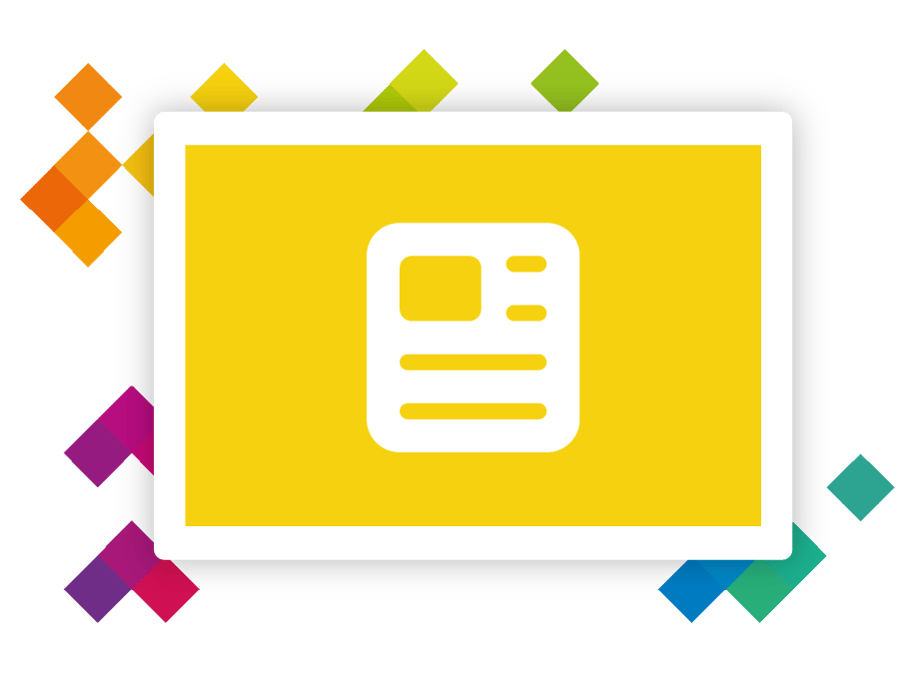In this article: Learn why you should complete thorough checks to ensure your learners are eligible for ASF-funded programmes. | 3 minute re...
What’s included in an ASF evidence pack?

If you’re an adult learning provider, you’ve probably heard of the Adult Skills Fund (ASF), which replaced the Adult Education Budget (AEB) in August 2024. Courses funded by the ASF are vital for the personal and career development of adults across the UK, particularly those considered disadvantaged.
What’s included in an ASF evidence pack?
The ASF provision, funded by the Department for Education (DfE), is available to UK providers but many millions of pounds go unallocated each year. Part of the issue is that there is a large amount of evidence required in order to be eligible for this funding.
To help you take advantage of the funding available, we’ve pulled together a guide to the ASF evidence pack and what needs to be included for your learners.
Why is the evidence required?
When applying for ASF funding, evidence is required to ensure that you’re using the funding appropriately.
The DfE needs assurance that the learner who requires the funding actually exists, and all the evidence provided should support this claim. Any enrolments for ASF need to support your decision to claim funding, and support the learner’s individual case for consideration.
The DfE also maintains that most of the evidence you need to provide should naturally occur as part of your normal business process.
GDPR considerations
Bear in mind that the General Data Protection Regulations (GDPR) still apply when submitting information to the DfE for ASF funding.
Rather than photocopying evidence and including this in the pack, you must record what documentation you have seen. This avoids any breaches of GDPR in the UK.
What type of evidence should you include?
We’ve already mentioned that the evidence in the pack is designed to help assure the DfE that the eligible learner actually exists. To support this, the learner must confirm that the information they provide is correct when it’s collected, and any evidence must be made available should the DfE need it.
If only a short time is spent on learning, the amount or level of evidence presented in the pack will reflect this. If any of the information you’ve provided lives on a central system, you only have to refer to the source of said information.
Evidence for unemployed learners
For unemployed learners, your evidence pack needs to include the relevance of the learning to their career prospects and any labour market needs, alongside a record of what you have agreed with them.
What about subcontractors?
If you have a learner who has received any provision from a subcontractor, your evidence pack should clearly identify them and correctly match the information you’ve provided in the Individualised Learner Record (ILR).
What evidence is required?
According to the DfE guidance, you must include the following information in your evidence pack:
-
Any information provided in the ILR and Earnings Adjustment Statement (EAS)
-
An assessment of funding eligibility, including evidence and a counter-signed record of any learner-provided evidence
-
Copies of assessments and diagnostics used to determine learner requirements
-
Any prior learning that might affect funding
-
How you plan to deliver the learning, plus any skills achieved as a result
-
Details of learner or employer contribution
-
Any support needed, as well as evidence for how you’ll meet these needs
-
Evidence that learning has taken place (eg. records are available)
-
A self-declaration from the learner on their job-seeking status
In addition, you’ll need to provide records and evidence of qualifications achieved, including learning aims and traineeship programmes. These have to be available within three months of reporting.
You should also include all supporting evidence as to why you have claimed funding, which will substantiate your reported data. For learners claiming benefits, you’ll need to provide their self-declaration as to which benefits they claim.
For any personalised learning programmes, you should submit evidence of all the learning aspects, including planned hours reported to the ILR.
You can find a full list of the ASF funding and performance management rules on the DfE website.
Additional evidence to support your ASF application
There are a few other areas to consider when looking at what you need to provide in the evidence pack.
Next we’ll cover confirmation and signatures, starting and participation, and leaving learning. We’ll also highlight some of the finer details of the ILR and self-declarations.
Learner confirmation, signatures and security
Your learner has to confirm that the information collected is correct and you’ll need to evidence their approval. This can be done through electronic or digital signatures.
The signature can be any electronic symbol or process where there is intention to sign. It can be a checkbox, signature or a digital fingerprint. The DfE stipulates that a robust process must be used to collect and store signatures, and secured to make it non-refutable.
Remember, as the provider, you are responsible for making sure your evidence is clear and reliable, and that it’s available to the DfE if they need it. You can find the complete list of the rules that apply to ASF provision on the DfE website.
Starting, participating, achieving and learning
You can only claim your ASF funding when learning actually starts. This doesn’t include any enrolment or induction, or prior testing and assessment. It also doesn’t include any similar learning.
As the provider, you should have direct centre or qualification approval from the awarding body for the qualifications you’re offering. Delivery has to be in line with the qualification specification they’ve provided, and this applies to subcontractors too.
You must report that this learning took place and that the learner had no certified prior knowledge. You should follow the awarding body’s process of claiming any certificates, and pass these onto the learner, plus evidence that this happened.
Additional information regarding ILR and self-declaration
All fields of the ILR need to be accurately completed, and reflect the learning and support delivered. It’s important to report everything accurately to avoid funds being overallocated and later reclaimed.
Where learners are submitting a self-declaration, this must confirm their details and describe what they are confirming. If a learner declares prior attainment, you’ll need to cross reference this with the Personal Learning Record (PLR) and check any contradictory details.
How can Bud help you deliver adult learning?
Bud’s intuitive, joined-up solution can support every training provider with their delivery.
With easy access to your training data, you can improve efficiencies, reduce administrative hours and errors, and focus on what you do best. Bud’s workflows are designed to drive compliance and ensure consistent high-quality training is delivered by every trainer, enabling better outcomes for learners.
The best way to experience our platform is through a consultative chat with one of our friendly experts. Book a discovery call or speak to one of our experts.


.png)
